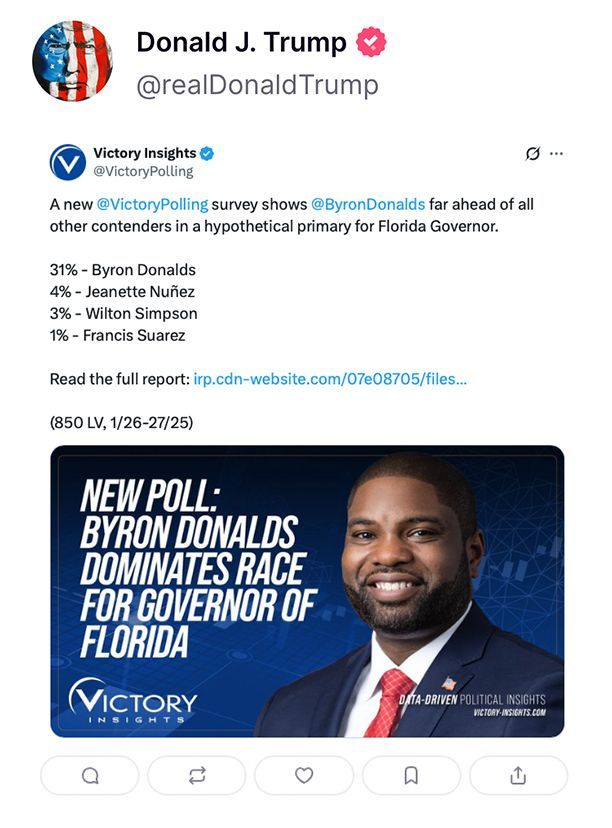OUR POLLS
AZ-5 POLL: MARK LAMB HOLDS MASSIVE LEAD
FLORIDA GOVERNOR POLL: BYRON DONALDS DOMINATES
NYC MAYOR POLL: MAMDANI LEADS CUOMO & SLIWA
NC US SENATE POLL: ROY COOPER NARROWLY LEADS MICHAEL WHATLEY
FLORIDA POLL: BYRON DONALDS LEADS DAVID JOLLY FOR GOVERNOR
GET STARTED








